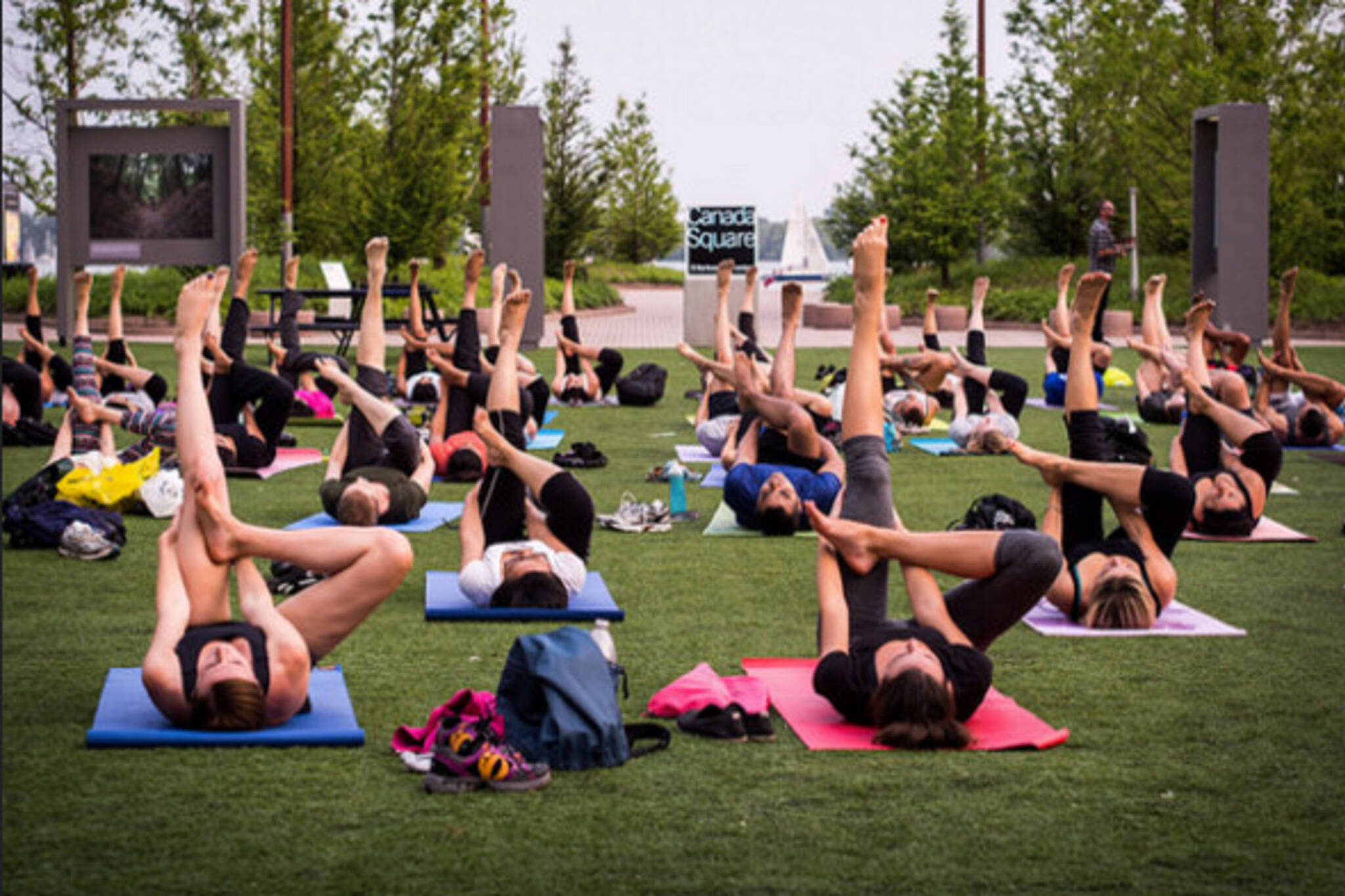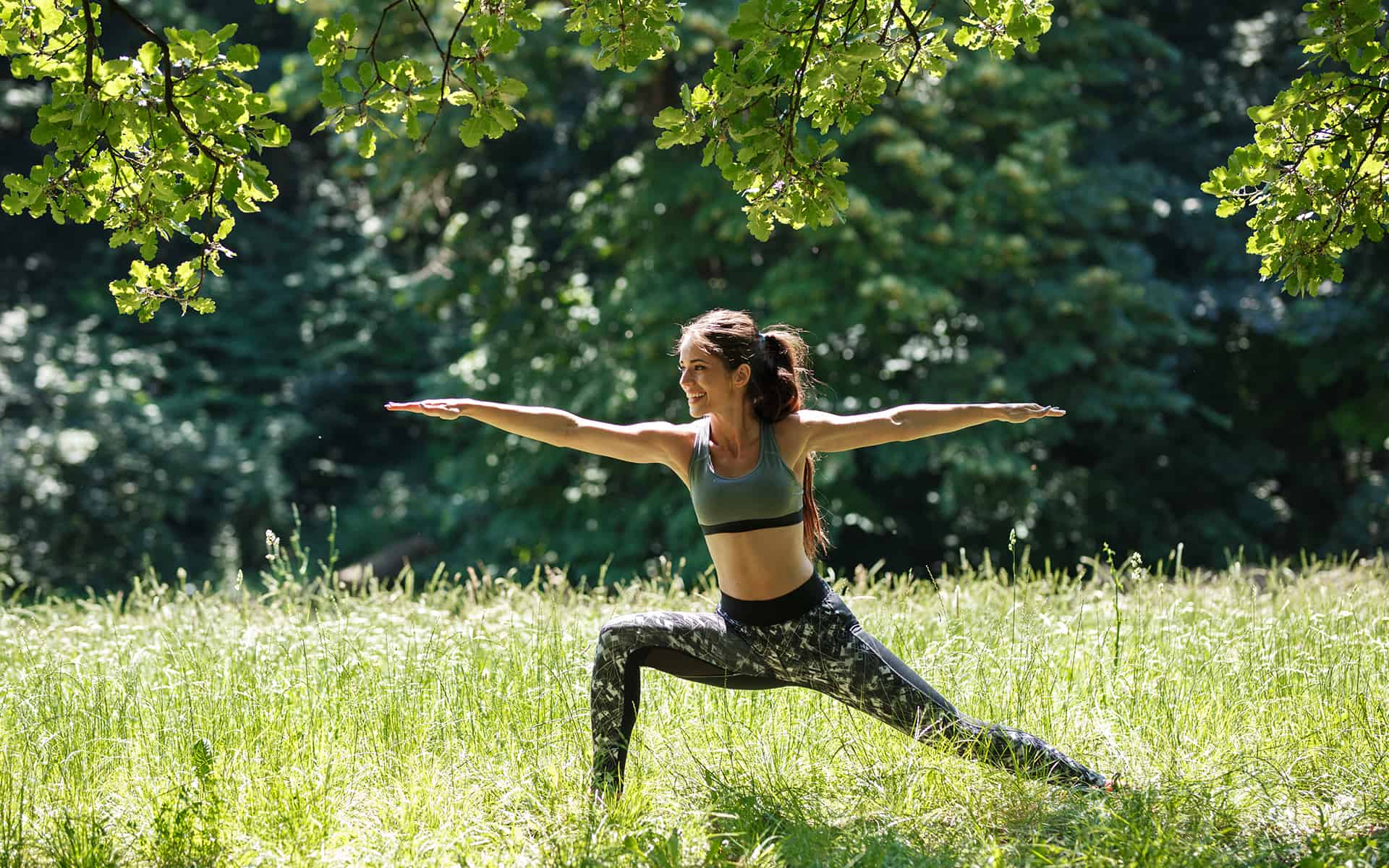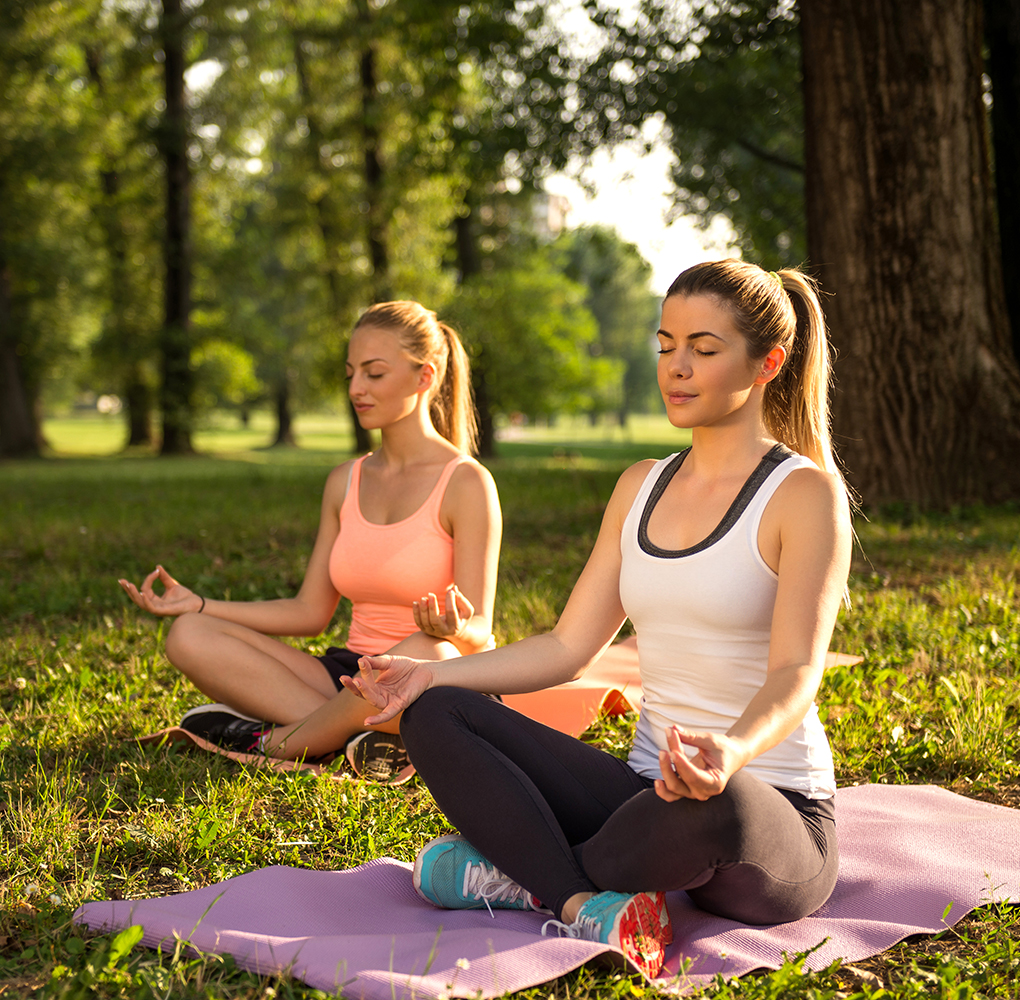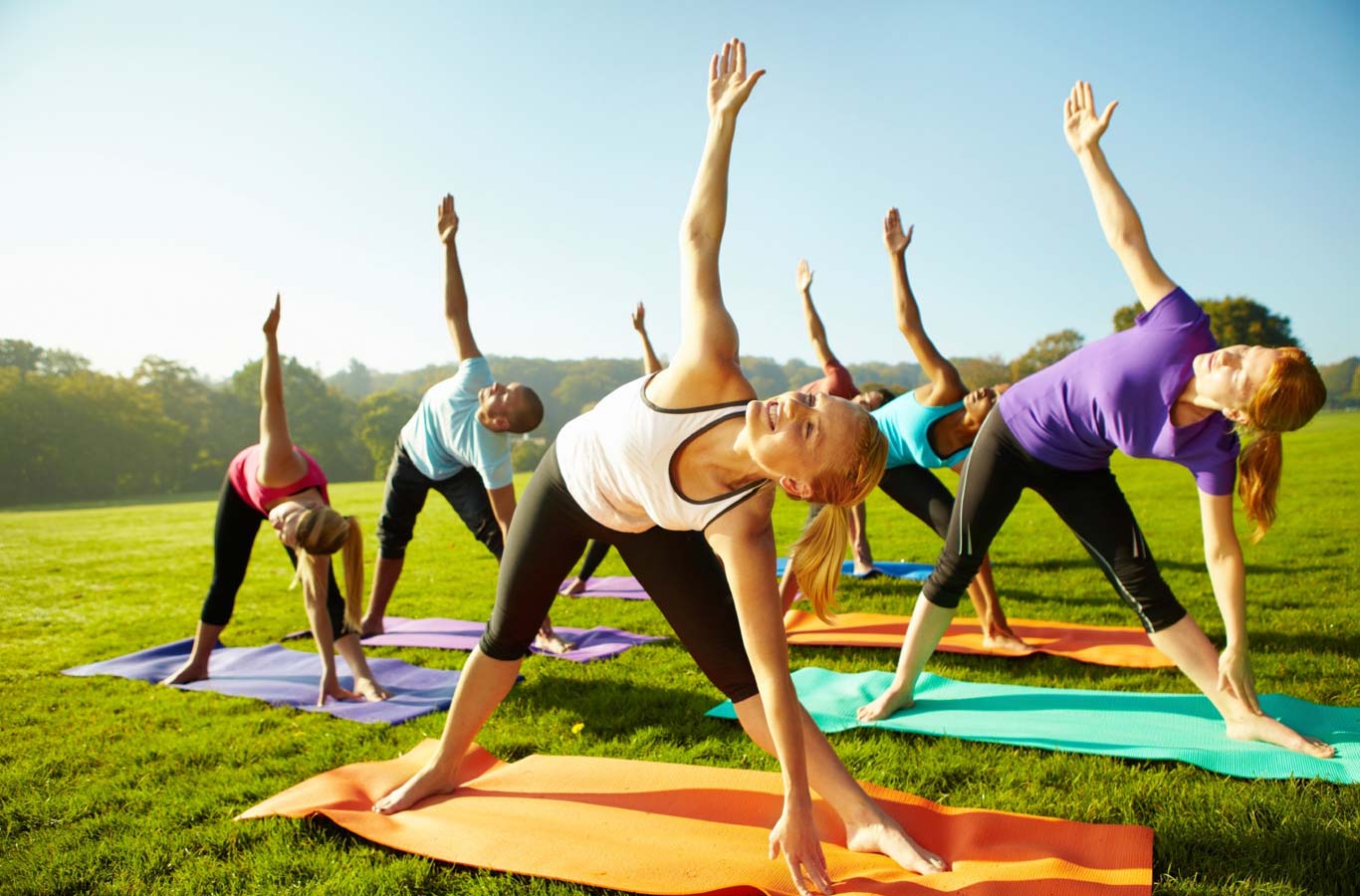I. Introduction

In recent years, outdoor yoga has gained tremendous popularity and appeal among yoga enthusiasts worldwide. The serene setting and natural surroundings offer a unique experience that cannot be replicated indoors. This article explores the benefits of practicing yoga in nature and delves into the physical and mental advantages it brings.
II. The Physical and Mental Benefits of Outdoor Yoga
A. Increasing physical strength and flexibility
One of the key benefits of outdoor yoga is the opportunity to engage muscles in varied terrains. The uneven ground, such as grassy fields or sandy beaches, challenges the body to stabilize and adapt to different surfaces. This, in turn, enhances overall strength and flexibility.
Practicing yoga poses on uneven surfaces also helps to improve balance and stability. The body learns to adjust and find stability, which strengthens the muscles responsible for maintaining balance. This is particularly beneficial for individuals who participate in other physical activities or sports that require stability and coordination.
B. Enhancing mental well-being
In addition to the physical benefits, outdoor yoga also has a positive impact on mental well-being. The peaceful and natural setting provides a sense of tranquility and relaxation, which helps to reduce stress and anxiety. The gentle breeze, the sound of birds chirping, and the rustling of leaves all contribute to a calming environment that promotes mental clarity and relaxation.
Furthermore, practicing yoga outdoors has been shown to enhance mood and overall mental health. Being surrounded by nature and breathing in fresh air uplifts the spirit and boosts serotonin levels, leading to improved mood and a sense of well-being.
III. Connecting with Nature in Outdoor Yoga

A. Utilizing natural surroundings for poses
One of the unique aspects of outdoor yoga is the ability to incorporate natural elements into poses. Trees, rocks, or water elements can be used for support, balance, or as props. Tree poses, for example, can be enhanced by using a nearby tree trunk for stability or incorporating rock formations into balancing poses. This not only adds variety to the practice but also deepens the connection between the body and the environment.
B. Harnessing the power of fresh air and natural light
Practicing yoga outdoors allows individuals to reap the benefits of fresh air and natural light. Breathing in fresh air, which is often cleaner than indoor air, increases oxygen intake, and energizes the body. This can have a positive impact on overall health and well-being.
Additionally, exposure to natural light during outdoor yoga allows for the absorption of vitamin D from the sun. Vitamin D is crucial for bone health, immune function, and overall vitality. By practicing yoga in a sunny outdoor setting, individuals can harness the power of natural light to improve their overall health.
C. Enhancing mindfulness and presence in outdoor settings

Engaging in outdoor yoga can help individuals cultivate mindfulness and presence in their practice. Being surrounded by nature encourages a sense of grounding and gratitude for the beauty and abundance of the Earth. Practitioners become more aware of their surroundings, the sounds, smells, and sensations present in the environment.
This heightened awareness and connection to nature allow individuals to become more present in their practice. It brings a sense of unity with the Earth and strengthens the bond between the body, mind, and environment.
IV. Tips for Practicing Outdoor Yoga
A. Choosing the right location and time of day
When practicing outdoor yoga, it’s important to choose the right location and time of day. Consider factors such as privacy, noise levels, and access to nature. Look for a place that offers a peaceful and serene environment, away from distractions and unnecessary noise.
Furthermore, exploring early mornings or sunset sessions can provide optimal lighting and ambiance. The soft, warm light during these times of the day adds to the tranquil atmosphere, making the practice even more enjoyable.
B. Adapting to outdoor elements and challenges

Practicing yoga outdoors means dealing with different elements and challenges that may not be present in an indoor setting. It’s crucial to be prepared and adapt accordingly. First and foremost, consider the terrain. Outdoor spaces often have uneven surfaces, such as grass, sand, or rocks. Prepare your body and take extra precautions to prevent injuries. Warm-up and engage in exercises that help improve stability and balance.
Weather conditions also play a significant role. Be aware of the forecast and come prepared with appropriate clothing layers, sunscreen, and insect repellent. Keep in mind that weather conditions can change quickly, so always have a backup plan in case of sudden rain or extreme heat.
Modifying poses and sequences for different outdoor settings is another consideration. It’s important to be flexible and adapt your practice to suit the environment. For example, if you’re on a sandy beach, poses that require stability and balance may need to be modified or substituted. Embrace the unique challenges and make adjustments as needed to ensure a safe and fulfilling practice.
C. Practicing mindful environmental stewardship

Practicing outdoor yoga also comes with a responsibility to be mindful of the environment and act as a steward of nature. Here are some tips to practice yoga in an eco-friendly manner:
- Respect and care for natural spaces: When choosing a location, consider the impact your practice might have on the environment. Avoid delicate ecosystems, protected areas, or places where wildlife resides. Be mindful of plant life and avoid trampling or damaging vegetation.
- Leave no trace and minimize ecological impact: Clean up after yourself and leave the space as you found it. Pack out any trash or waste and properly dispose of it. Avoid leaving any trace of your presence, including yoga mats, water bottles, or litter.
Consider using eco-friendly yoga props when practicing outdoors. Look for sustainable and biodegradable alternatives to traditional mats and props. Opt for natural materials such as cork, natural rubber, or jute, which have a lower environmental impact.
Conclusion
Practicing outdoor yoga can provide a deeply enriching and fulfilling experience. By choosing the right location and time of day, adapting to outdoor elements and challenges, and practicing mindful environmental stewardship, individuals can enjoy the benefits of practicing yoga in nature while minimizing their impact on the environment.
Remember, outdoor yoga is not just about personal growth and connection with oneself, but also about fostering a deep connection and respect for the natural world. By practicing outdoors responsibly, we can cultivate a harmonious relationship with nature and continuously enjoy the beauty and serenity it offers.
